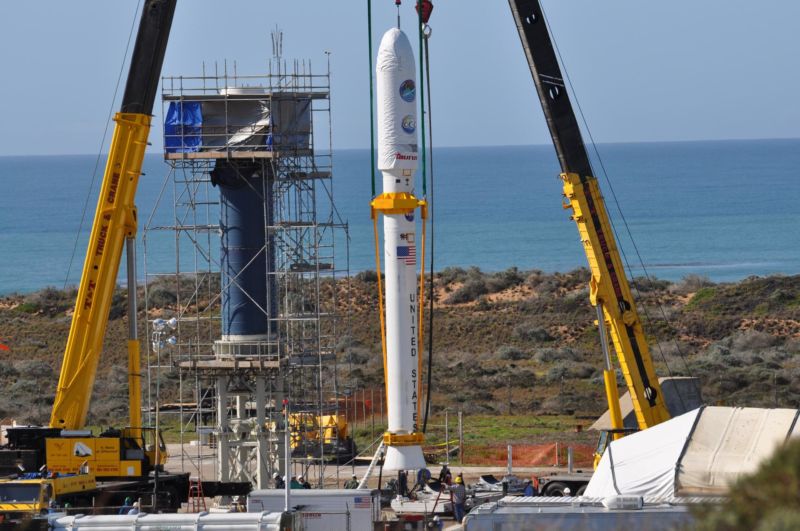After a decade, NASA finally reveals root cause of two failed rocket launches
Ars Technica » Scientific Method 2019-05-01

Enlarge / At Vandenberg Air Force Base in 2009, two cranes have raised NASA's Orbiting Carbon Observatory, or OCO, spacecraft to vertical. OCO would later be lifted and attached to the waiting Stage 0 motor of the Taurus XL launch vehicle in the tower. (credit: NASA)
A little more than a decade ago, on February 24, 2009, a Taurus XL rocket launched from Vandenberg Air Force Base in California carrying a NASA satellite designed to measure carbon dioxide levels in the atmosphere. However, the payload never properly separated from the rocket, and due to the extra mass, the combined spacecraft and rocket failed to reach orbit.
Two years after this, on March 4, 2011, another Taurus XL rocket launched from Vandenberg, again carrying a science payload for NASA. This Glory satellite would have measured the properties of sulfate and other aerosols in the atmosphere. Again, the payload failed to properly separate from the rocket, and it was a total loss.
Combined, the loss of NASA's Orbiting Carbon Observatory and Glory satellites cost the space agency $700 million. In the years since, the space agency's Launch Services Program and the rocket's manufacturer, Orbital Sciences—which has since been acquired by Northrop Grumman—have been conducting investigations into what happened.